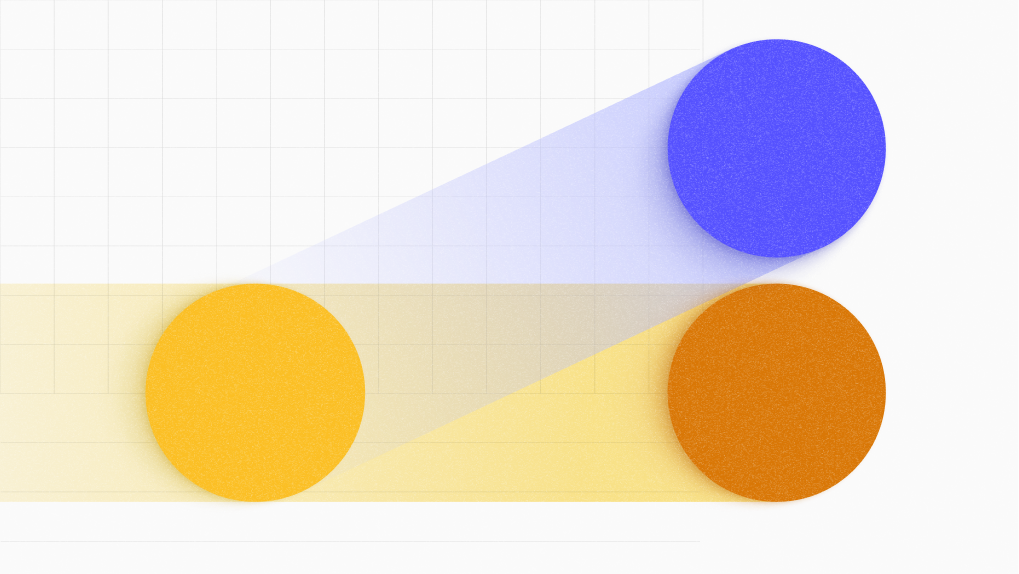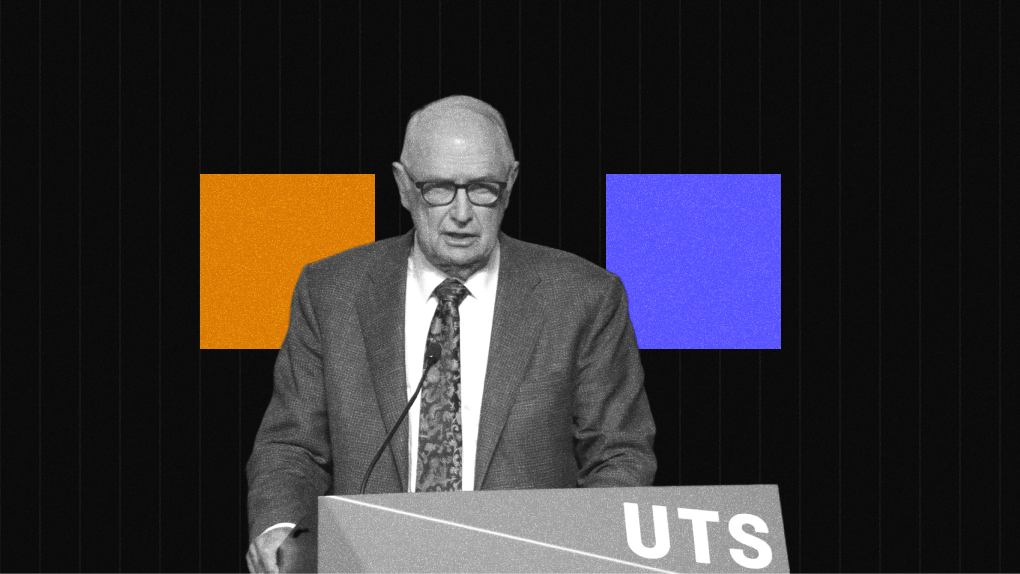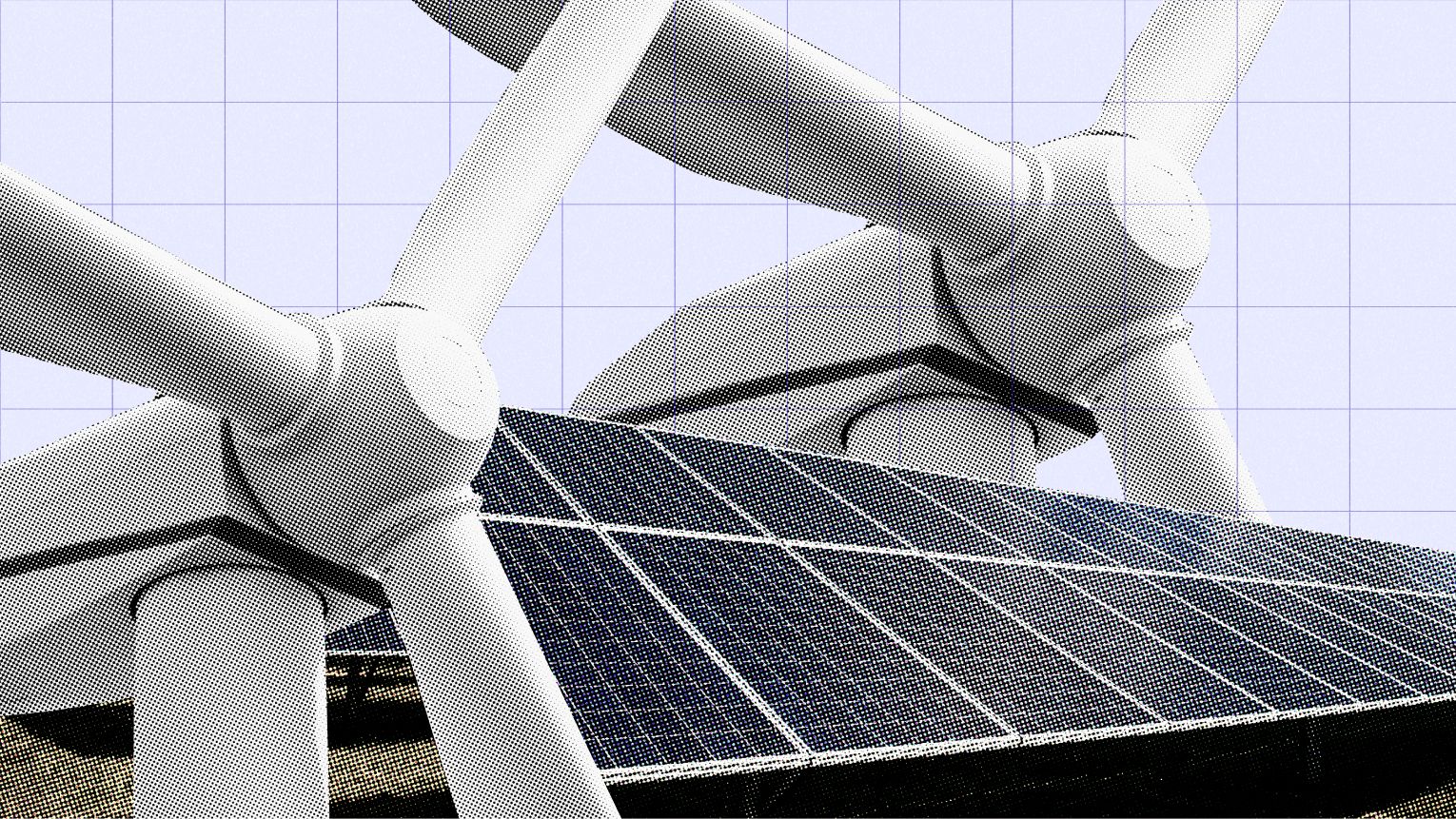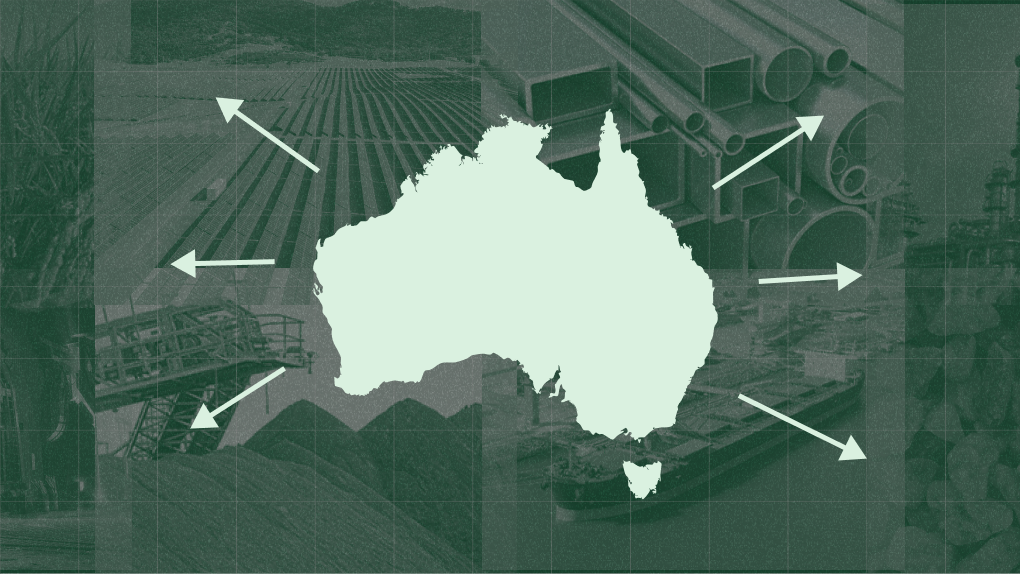The world is undergoing change — a major shift from a high-emissions economy toward a low-emissions economy, which requires reshaping industries, global trade, and energy systems. For Australia, this presents a once-in-a-generation opportunity to position itself as a global leader in the clean energy economy.
The Paris Agreement in 2015 marked a moment when the world started to take decarbonisation seriously. Momentum has been growing since:
- More people are now employed in clean energy than in fossil fuels.
- Annual investment in clean energy has surpassed fossil fuel investments.
- Governments worldwide have allocated over USD 1.34 trillion to clean energy since the pandemic.



As a result, the landscape is changing. We are shifting from a high-emissions world to a lower-emissions one. The design of the economic system in Australia has worked reasonably well to bring prosperity in a high emissions regime, but is it likely to work in a low emissions world? And with the immense opportunities in the low emissions regime, is Australia designed to reap them?
Australia’s opportunity in the low carbon economy
Many people and reports have spoken extensively about the vision for Australia’s economic prosperity in a decarbonising world. The Superpower Institute’s recent report by Ruben Finighan, The New Energy Trade, outlines Australia’s potential in this changing landscape:
- Electrification driving demand: As countries seek to electrify their economies, demand for renewable energy will surge. Not all countries can generate enough renewable energy to meet their own electricity needs.
- Australia’s renewable energy advantage: With vast renewable resources that exceed its domestic needs, Australia can export renewable energy to countries with limited capacity, particularly densely populated countries that rely on energy intensive manufacturing and construction sectors, such as China, Japan, and countries in Europe.
- Value-added exports: Since directly exporting solar and wind energy is inefficient and costly, the opportunity is for Australia to embed renewable energy into value-added products such as green iron, ammonia, and aluminium.
This opportunity could see Australia contribute to reducing global carbon dioxide emissions by about 5% to up to 10%. The estimated export revenue of this opportunity could be about $400 billion per year from green iron (which is about 3x the current value of iron ore exports) and about $67 billion per year for green aluminium (about 6x the current value of bauxite and alumina exports). All green commodities combined could total up to $700 billion per year, based on today’s level of production.

This opportunity could see Australia contribute to reducing global carbon dioxide emissions by about 5% to up to 10%.
The implication of this on renewables generation capacity in Australia is significant – to produce 7000 terawatt hours per year with renewables would require about 50 times Australia’s current renewables capacity.
The design challenge: building a system designed for success in a low carbon world

Australia can take advantage of this opportunity if the design of its social, technological, economic system is compatible with succeeding in a low emissions world. This is the design task at hand.
A useful definition of design is ‘any course of action aimed at changing existing situations into preferred ones’ (Herbert Simon). Given this, the overarching design task for Australia is to take actions aimed at changing the existing situation (being a system based on fossil fuels) into a preferred one, such that desired outcomes are a natural by-product generated by this preferred system.
The natural by-products of the current design of the system leads to outcomes that are misaligned with a clean energy future, including:
- High quantities of carbon dioxide being emitted as fossil fuels are extracted, sold and combusted
- Society bearing the cost of emissions
- Incentives for productivity drive climate instability
A redesigned system could naturally generate outcomes such as:
- The social, environmental and economic benefits described above.
- A global identity for Australia as a renewables superpower.
- Efficient and equitable distribution of economic benefits across society.
- Productivity and development aligned with global climate goals.
The change is significant, and it has to be done in an equitable way, and it needs to happen quickly or Australia will miss the opportunity. This is a wonderfully complex, monumental design challenge.
As with any design task, managing the transition from one state to another will mean confronting conceptual, technical and structural hurdles, which require continuous tweaking of the system to address.
This is happening in real time. To illustrate, here are three examples from the green iron space:
Hurdle 1
Australia’s iron and steel production is so small, how do we make a difference in the market and influence the big players?
Australia’s iron and steel production is less than 1% of the world’s steel production. Yet Australia’s iron ore exports constitute about 55% of the world’s iron ore trade.
Tweak: Split production processes
Rather than taking the traditional integrated steelworks structure as a given (where raw materials are transported to a single facility where iron and steel making happen together), the alternative is to split this process up. Make green iron where renewable electricity is cheapest (in Australia for example) and ship that product overseas to make steel close to where it is consumed.
This would reduce the emissions-intensive parts of the value chain domestically, build on Australia’s strengths in mineral extraction and processing and leverage Australia’s existing trade relationships with key markets.
Hurdle 2
Australia’s iron ore quality is too low to make green iron.
The current leading green iron making technology – hydrogen based direct reduction – needs iron ore with iron content above 67%. And Australia’s iron ore, especially from the Pilbara in WA tends to be lower grade (< 65% iron content) and is less suitable to use in hydrogen-based DRI-making processes.
Tweak: Adapt technology
There are many technological pathways being explored right now (including pathways that don’t rely on hydrogen at all, such as direct electrolysis). Engineers at ANU are finding promising options for using low grade iron ore to better suit low emissions steel making processes.
One such pathway is to insert an electric smelting step just after the direct reduction step, to help remove most of the impurities from the lower grade direct reduction iron, to create a green pig iron suitable for use in an electric arc furnace – which is the lower carbon intensity technology for the steel making step.
Hurdle 3
Hydrogen doesn’t seem to be living up to the hype
Thanks to an era of inflated expectations on hydrogen – a misconception that it can be a solution to many of the world’s energy problems - the world is now forced to sober up to the reality of its challenges. But of course, that doesn’t mean all is lost.
Tweak: Increase the rate of learning and reduce cost
Since solar took off 15 years ago, costs have fallen drastically, and installations have increased drastically – wind and batteries are following a similar trend. Hydrogen probably won’t look quite the same because it has more bespoke aspects and storage issues that cannot be easily modularised. But costs are anticipated to decline over the medium and longer term – as we get better at installing electrolysers and the learnings accumulate.

The other important reason to think about the declining cost of renewables is that renewable energy is a big factor in the cost of hydrogen. A $20 price difference per megawatt hour in electricity could mean a whole dollar in cost difference for a kilo of green hydrogen. Additionally, research from ANU anticipated green hydrogen costs decline only into the 2030s – so disappointment with its slow progress in the mid-2020s may actually be a positive indicator of high ambition.
Pathways towards achieving Australia’s superpower opportunity are being charted, and greater speed would be ideal. While this happens, progress should not be judged by whether we have achieved the end state already. There are many intermediate states along the journey.
The role of government to support the design challenge
The Australian Government has made strides in supporting the superpower vision through initiatives like Future Made in Australia and the AU$2 Hydrogen Production Credit. Further action is needed to support a more decisive shift to the ideal state. The Superpower Institute advocates for four key policy pillars:
- An efficient carbon pricing mechanism: Research indicates that a well-designed carbon price could achieve 1.6 times the emissions reduction impact of direct subsidies. The Superpower Institute’s Carbon Solutions Levy is TSI’s recommended approach.
- Support for early movers: First-of-a-kind projects need financial support through grants and tax credits. Revenue from carbon pricing could help fund these initiatives.
- Investment in infrastructure: Common-use infrastructure, particularly in regional areas where a lot of the superpower opportunity can be realised, needs to be in place. A lack of such infrastructure should not be a barrier for private investment.
- International trade partnerships: The superpower opportunity is a global story that goes beyond Australia’s borders. Australia needs to engage deeply with its trade partners and ensure these new value chains get built.
Australia has thrived in a high-emissions world, but the landscape is changing. The global shift to clean energy presents an unprecedented opportunity—one that must be actively designed for.
The transition is already underway, and while the journey will involve challenges, the rewards are immense. By strategically designing our economic and industrial systems, Australia can lead the world in the low carbon future.
The Superpower Institute is committed to shaping this future, ensuring that Australia does not just adapt to the transition, but thrives in it.
Annette Zou
Senior Researcher





